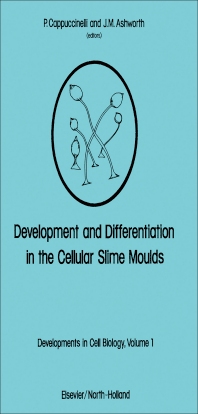Developments in Cell Biology, Volume 1: Development and Differentiation in the Cellular Slime Moulds is a collection of papers from the proceedings of the International Workshop held at Porto Conte, Sardinia on April 12-16, 1977. This collection of papers deals with a single group of organisms, the cellular slime molds, particularly with Dictyostelium discoideum. Dictyostelium is dealt, firstly, according to cell differentiation and pattern formation common in this type of organism. These examples are further explored in the Dictyostelium discoideum slug, through the control of morphogenesis. Further research shows that two compounds, 3'5' cyclic AMP and NH3, can affect the course of morphogenesis in D. discoideum. Techniques for cell fusion and mutation induction in D. discoideum, especially as a result of DNA damage following radiation and chemicals, are analyzed. Other studies show that formation and maintenance of stable contacts between cells appear to be necessary for the normal cell cycle involved in the growth of D. discoideum. The changes in plasma membrane protein analyzed using SDS-polyacrylamide gel electrophoresis are examined. Results show that detection and quantitation of tubulin in Dictyostelium discoideum is important when studying the differentiation processes of a wide range of cellular activities. Because many D. discoideum mutants fail to reach proper development, the method for selecting the aggregation of defective mutants of D. discoideum is emphasized. This book is of interest to those whose work involves these organisms and to researchers, professors, and students whose disciplines are in Developmental Biology or Mycology.
